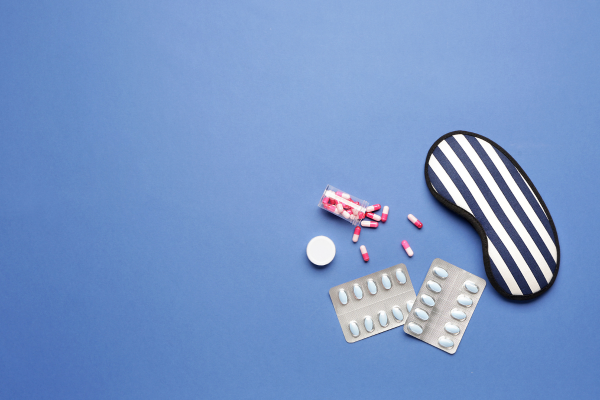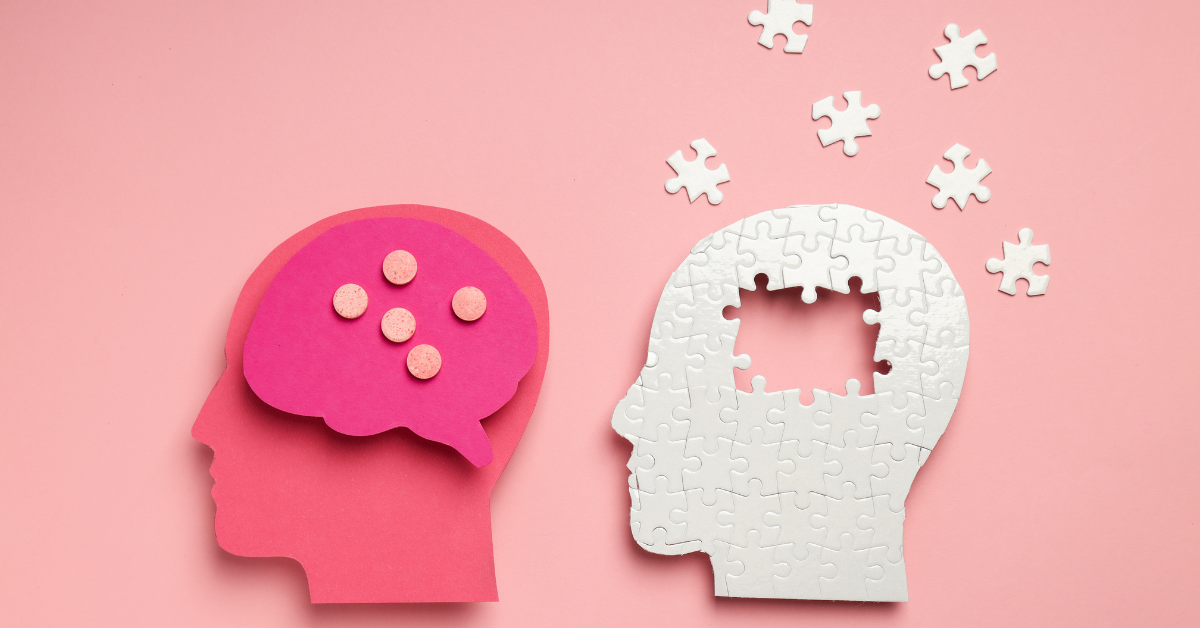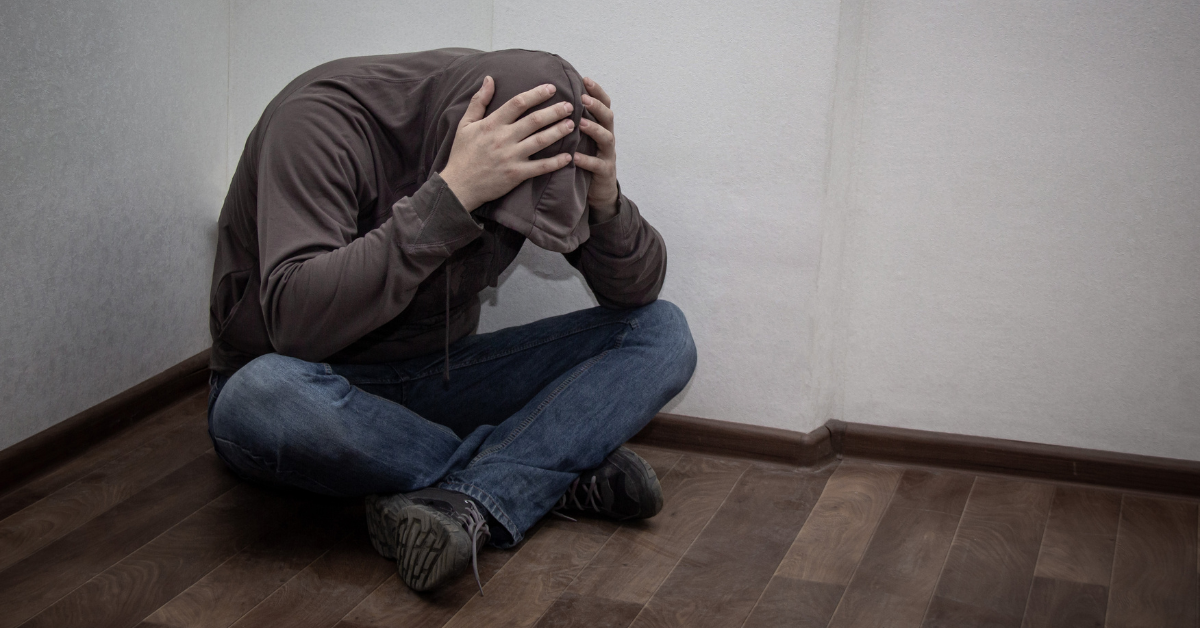You may have completed a drug rehab program, but your addiction recovery journey is far from over. Rehabilitation is a transformative journey that requires ongoing commitment and support. Prioritizing self-care is vital to maintaining your progress and empowering yourself to continue your new and healthier lifestyle. This means taking care of your physical, emotional, and mental well-being. Here are 11 post-rehab self-care tips you can use to create a comprehensive self-care rerouting that strengthens your recovery and enhances your overall quality of life.
Creating a Post-Rehab Self-Care Routine
Practicing self-care in addiction recovery is essential for the recovery process. It helps maintain a healthy balance in life that improves well-being and reduces the risk of relapse. Self-care for recovering from addicts should prioritize reducing stress, managing triggers, building emotional resilience, and boosting self-esteem.
A great way to incorporate self-care and recovery is by establishing a routine. The predictability establishes a sense of control, while the repetition can be a source of grounding stability. Start by committing to a few self-care acts every day and building a routine around them (e.g. going for a 10-minute walk after dinner every night). A good post-rehab self-care routine must be realistic and sustainable (making unachievable goals will only serve to discourage you).
Physical Post-Rehab Self-Care Tips
Physical self-care is straightforward. These types of self-care tactics into three main categories: exercise, nutrition, and sleep.
- Get at least 15 minutes of exercise a day. Physical activity doesn’t have to be strenuous to be beneficial. Consider walking, yoga, or tai-chi, which are easy on the joints but still build strength and have heart and mood-boosting benefits. Exercise can also include activities that aren’t traditionally considered exercise such as gardening or dancing.
- Meal prep to make getting proper nutrition effortless. It’s common for people recovering from substance abuse to be malnourished or have other ailments (e.g. heart or liver issues) that could be worsened by junk food. Eating nutritious meals is especially important in the months immediately after recovery when the body is still in the early stages of repairing drug-induced organ and tissue damage. Cooking three meals a day can be time-consuming, so instead make large batches of meals that you can eat throughout the week.
- Get enough sleep. It’s recommended to get at least eight hours of sleep every night. It’s not only so you feel rested the next day, but sleep is when the body repairs itself at a cellular level, including our brains, something that does not occur when we’re awake.
- Pay attention to personal hygiene. Each action is an act of self-care. Cleanliness is important, but so is showing up for yourself and making an effort. It’s something that those around you will notice as well.
Emotional Post-Rehab Self-Care Tips
Emotional self-care is crucial for managing the ups and downs that come with the recovery journey. It’s about giving yourself space to feel your emotions without criticizing yourself for what or why you feel a particular way and finding healthy ways to process negative feelings.
- Practice mindfulness. Make a point of being kind to yourself, especially in the face of mistakes that backtrack your efforts. Try reciting positive affirmations or following guided meditations.
- Journal. Writing down your thoughts is a powerful way to express yourself and to aid in the processing of emotions. In the privacy of paper, you might feel more comfortable talking about high and low moments of the day which can help prevent troublesome rumination on negative experiences.
- Try a new hobby. Our brains love the thrill of a challenge or experiencing something completely new. Doing so causes the release of dopamine and improves brain plasticity.
Mental Post-Rehab Self-Care Tips
Caring for your mental health post-rehab will largely focus on managing stress and stress and stressors.
- Set boundaries. Get comfortable saying ‘no’ to people and places that don’t align with your new sober values or that you feel could undermine your progress.
- Spend time in nature. Humans are hardwired to feel better when immersed in nature, which has been shown to boost mood and reduce stress. If you don’t have access to green outdoor spaces, seeing the color green in the form of real or artificial house plants or even a green wall can be beneficial as well.
- Celebrate achievements. Motivation is just as important during rehab as it is afterward. Keep yourself excited about your progress by setting realistic goals.
- Get closer to your support network. Fostering a sense of community and belonging has been proven to lower relapse risk. Strengthen your social connections and make news as a great way to gain accountability and encouragement.
If you’re looking for more post-rehab self-care tips, connect with a local Alcoholics Anonymous or Narcotics Anonymous group near you to hear how real people are coping with life after addiction.









